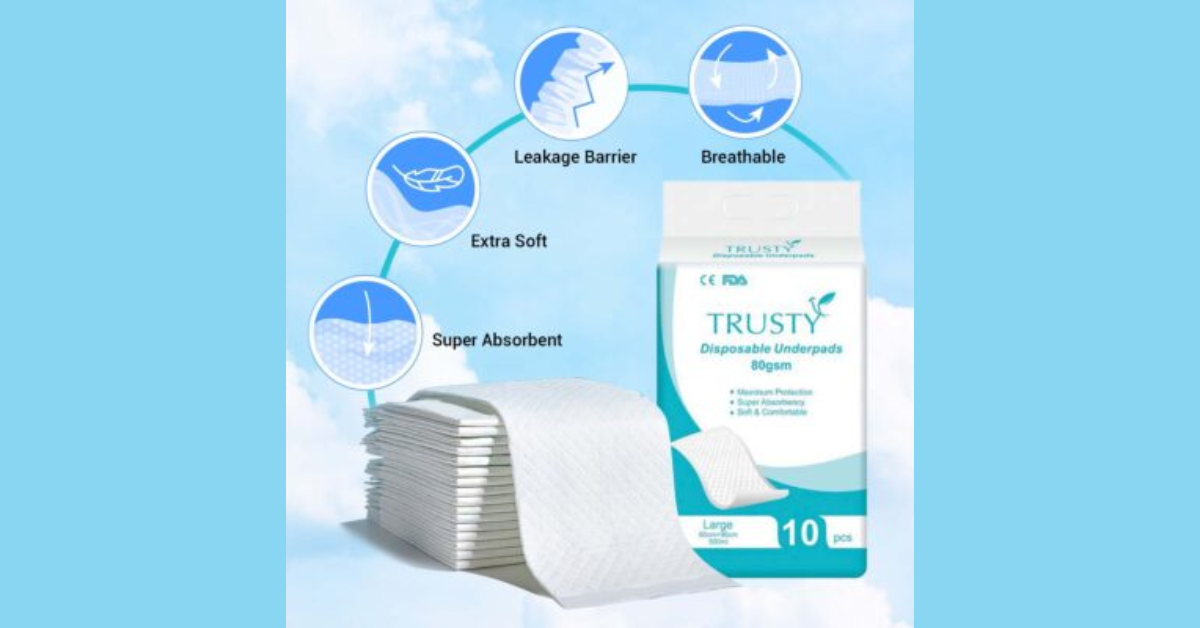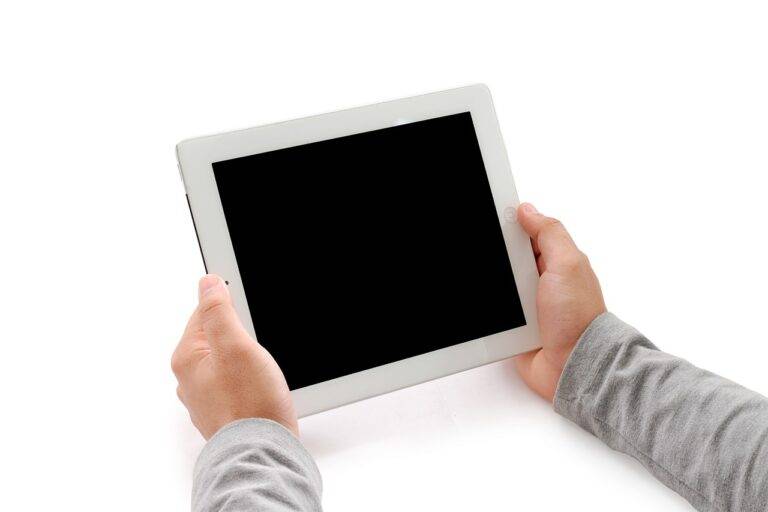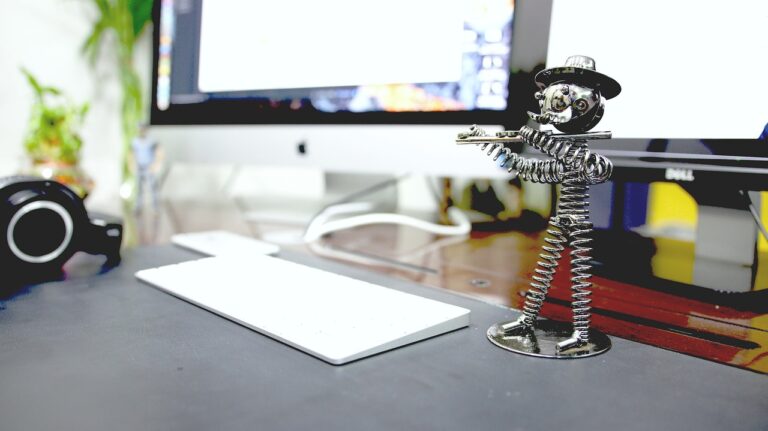Understanding Bed Underpads: A Practical Solution for Comfort and Hygiene
Bed underpads, also known as absorbent pads or bed mats, are a crucial product for maintaining hygiene and comfort, particularly for individuals who experience incontinence, bedridden patients, or those recovering from surgery. These pads serve as a barrier between the body and the bed, ensuring that moisture and accidents do not affect the mattress, bedding, or skin. In this article, we’ll explore the various benefits, types, and factors to consider when choosing Bed Underpads.
What Are Bed Underpads?
Bed underpads are specially designed, absorbent materials that are placed underneath a person to protect the bed or chair from moisture. They typically consist of multiple layers, including a waterproof backing to prevent leakage and a soft top layer to provide comfort. Bed underpads are available in both disposable and reusable forms, catering to different needs and preferences.
Benefits of Bed Underpads
- Hygiene Maintenance: Bed underpads help maintain cleanliness by preventing urine, sweat, or other bodily fluids from soaking into the mattress or bed linens. This is especially important for individuals who cannot control bladder function or have other medical conditions.
- Skin Protection: By keeping moisture away from the skin, bed underpads help prevent conditions like diaper rash, bedsores, or skin irritation. The soft, absorbent material wicks away moisture, ensuring the skin remains dry and protected.
- Cost-Effective: For those with long-term incontinence or medical conditions, reusable bed underpads can be a cost-effective alternative to disposable products. They can be washed and reused multiple times, reducing waste and the need for frequent replacements.
- Convenience: Bed underpads are easy to use and can be placed directly on the bed or under a patient. Many models are designed to stay in place, offering peace of mind for caregivers and users alike.
- Odor Control: Many bed underpads are designed with odor-controlling properties to help neutralize unpleasant smells, ensuring the bed remains fresh and comfortable for longer periods.
Types of Bed Underpads
- Disposable Bed Underpads: These are single-use pads that are typically made from a combination of fluff pulp, polyethylene, and other absorbent materials. They are ideal for short-term use and are convenient for travel or temporary needs.
- Reusable Bed Underpads: Made from durable fabrics like cotton or polyester, reusable bed underpads are designed to be washed and reused multiple times. They are more environmentally friendly and cost-effective in the long run, making them a popular choice for those with ongoing needs.
- Heavy-Duty Bed Underpads: For individuals with heavy incontinence or those who need extra protection, heavy-duty bed underpads offer superior absorbency and larger coverage areas. These pads are thicker and designed to handle larger volumes of liquid.
- Waterproof Bed Underpads: These pads feature a waterproof backing to ensure that liquids do not leak through and damage the mattress or bedding. They are available in both disposable and reusable varieties.
Factors to Consider When Choosing Bed Underpads
- Size: Bed underpads come in various sizes to fit different bed types. It’s essential to choose a pad that covers the appropriate area, ensuring it provides full protection for the user.
- Absorbency: Depending on the user’s needs, consider the absorbency level of the underpad. Heavy-duty pads are ideal for individuals who experience frequent or large leaks, while lighter pads are sufficient for less frequent incidents.
- Material: For maximum comfort, look for bed underpads made from soft, breathable materials that prevent irritation. Additionally, choose pads with a waterproof backing to prevent leaks.
- Durability: Reusable bed underpads are a great option for those who require long-term use. Ensure that the pad is durable enough to withstand frequent washing and continue to perform well over time.
- Ease of Use: Look for bed underpads that are easy to place, stay in position, and are simple to dispose of or wash. This will make life easier for both the caregiver and the person using them.
Conclusion
Bed underpads are an essential tool for maintaining hygiene, comfort, and skin health, especially for individuals who require additional care. Whether you’re looking for a disposable option for short-term use or a reusable one for long-term care, choosing the right bed underpad can make a significant difference in your quality of life. With the right choice, bed underpads can provide comfort and protection, making daily care tasks easier for both the patient and caregiver.







